Key Insights
Design phase is crucial
For GustoMSC, the beginning of any integrated approach is the drawing board. The design phase plays a crucial role in this approach, ensuring the commercial viability of the project throughout its lifecycle. Only by identifying key challenges at the start of a floating wind projects, such as technology development, supply chain capacity, and installation and maintenance, can these projects be successful.
2 | 6
The challenges of the life cycle
Unlike fixed-bottom wind, floating wind requires scale for commercial viability, with turbines reaching a size of 15 MW or more. The industry needs to hit the ground running, with large-scale projects of more than 1 GW becoming the norm rather than the exception. When considering the lifecycle of such large-scale projects, managing challenges such as technology development, industrialized processes, supply chain capacity and installation and maintenance requires more than ever.
3 | 6
GustoMSC Tri-Floater
At cornerstone of our approach is the GustoMSC Tri-Floater design, a semi-submersible design initiated in 2002. Prioritizes safety, scalability, and sustainability, building on our extensive experience in the semi-submersible vessel market. The Tri-Floater design ensures excellent stability performance, suitable for mass production. The design allows for local assembly, shallow gate access and low-risk operational procedures. The design emphasizes efficiency in production and uses hexagonal reinforced thin-walled floating columns optimized for automated panel production lines within the shipbuilding industry.
4 | 6
Collaboration is key
The cooperation between wind farm developers, manufacturers, port authorities and governments is crucial in the development of floating wind farms. Ships also play an important role in the installation. GustoMSC has introduced the Enhydra Floating Wind Installation Vessel (FWIV) in collaboration with NOV. The modular design of the versatile vessel is tailor-made for offshore deployment in harsh conditions and facilitates the installation of various floating foundation types, mooring systems, and dynamic power cables. This state-of-the-art FWIV is part of GustoMSC's Enhydra series.
5 | 6


”We have been working on the development of floating offshore wind energy for more than ten years. For many countries, building offshore wind projects on the seabed is simply impossible because the seas are too deep. Countries such as Japan, France and the United States therefore depend on floating wind if they want to achieve their renewable energy goals.”
Barend Jenje
Commercial Director Floating Wind
Our solutions

The Pioneers of Offshore Engineering
GustoMSC is recognized for providing advanced design & engineering consultancy for mobile offshore units and reliable equipment. �We enable and support safe and efficient operations at sea, contributing to a sustainable future.
Please subscribe to the newsletter so we can keep you up to date with our latest stories and extra news updates.�
Subscribe
GustoMSC
�Karel Doormanweg 35 �3115 JD Schiedam�The Netherlands �
+31 (0)10 2883 000 �info.gustomsc@nov.com nov.com/gustomsc�





Management summary
Navigating the Future of �Floating Offshore Wind
InSide
A storytelling platform about our offshore challenges
March 2024
Reading time 3 min.
The shift to floating wind turbines is especially evident in countries such as Japan, France, Italy, and the U.S., where utilizing the abundant wind resources in deeper waters with fixed wind turbines is a problem. Europe, with around 80% of its offshore wind resources at depths of more than 60 meters, is at the forefront of the development of floating offshore wind farms, with more than 40 GW of planned capacity by 2035.
The global energy landscape is undergoing a transformation with an increasing demand for clean and renewable energy sources. Wind energy is a crucial player in this transition. The technology that can increasingly contribute to this development is floating offshore wind. This promising technology is key to unlocking the potential of wind energy in deeper waters.

Integral approach
In order to realize floating wind farms on a commercial scale, a holistic approach is necessary. GustoMSC believes that to make these wind farms a commercial success, challenges in terms of technology development, supply chain capacity, and installation and maintenance must be comprehensively addressed.
1 | 6
Key Insights
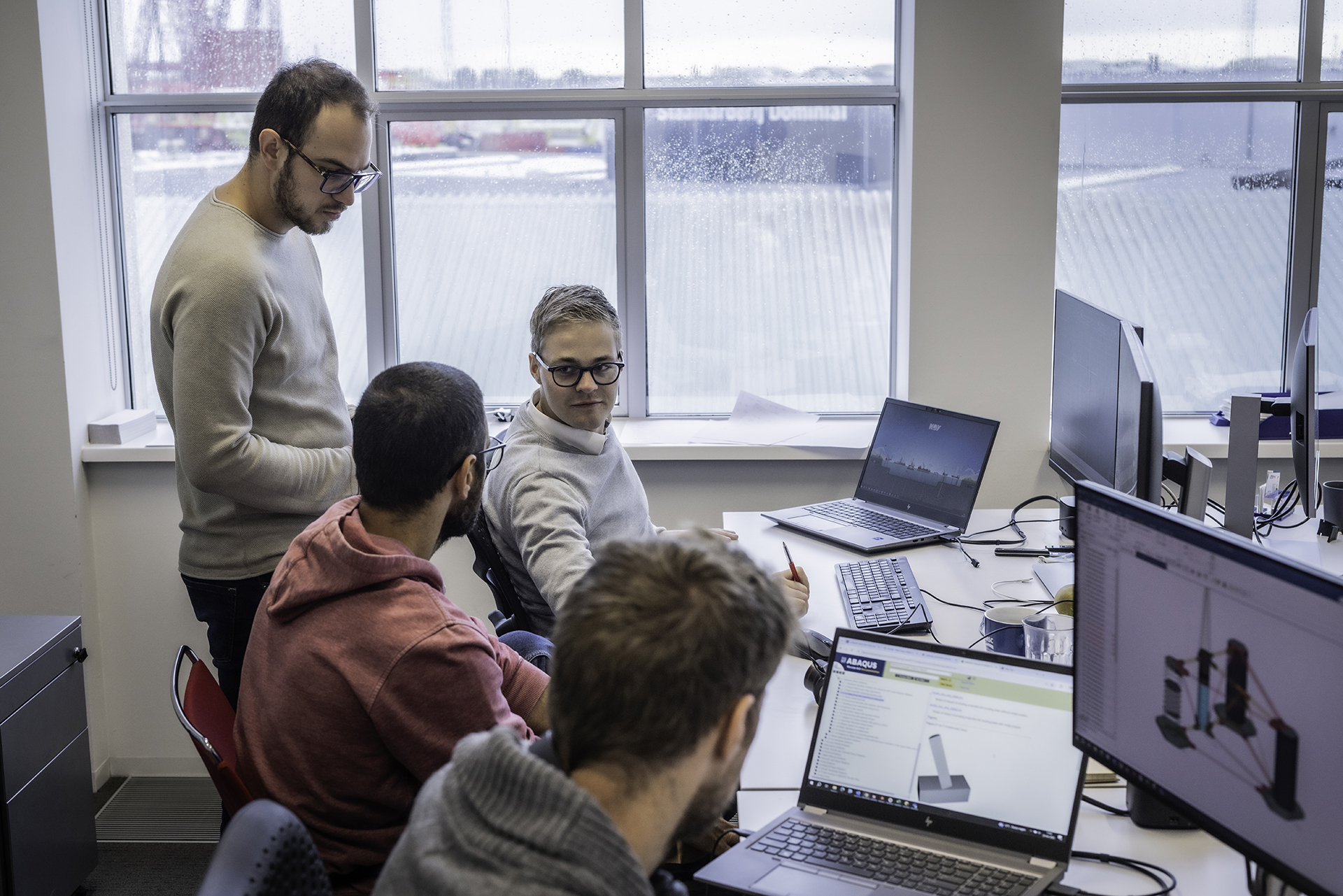
To boost the use of floating wind farms, GustoMSC have developed suitable solutions, such as the Tri-Floater and the Enhydra.
Interested in more customized solutions?
Below you will find links to our product pages.
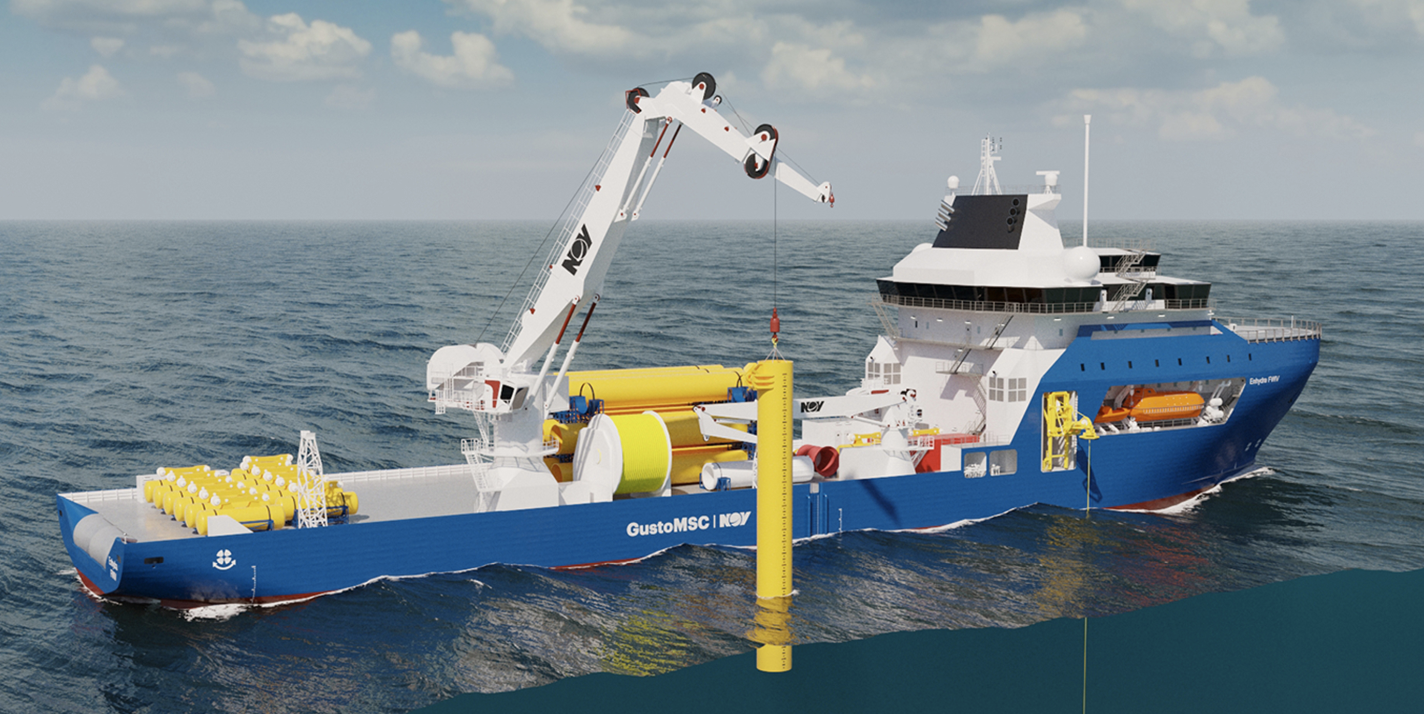


Enabling commercial scale development of floating
offshore wind farms.
Find out more…
Enhydra FWIV
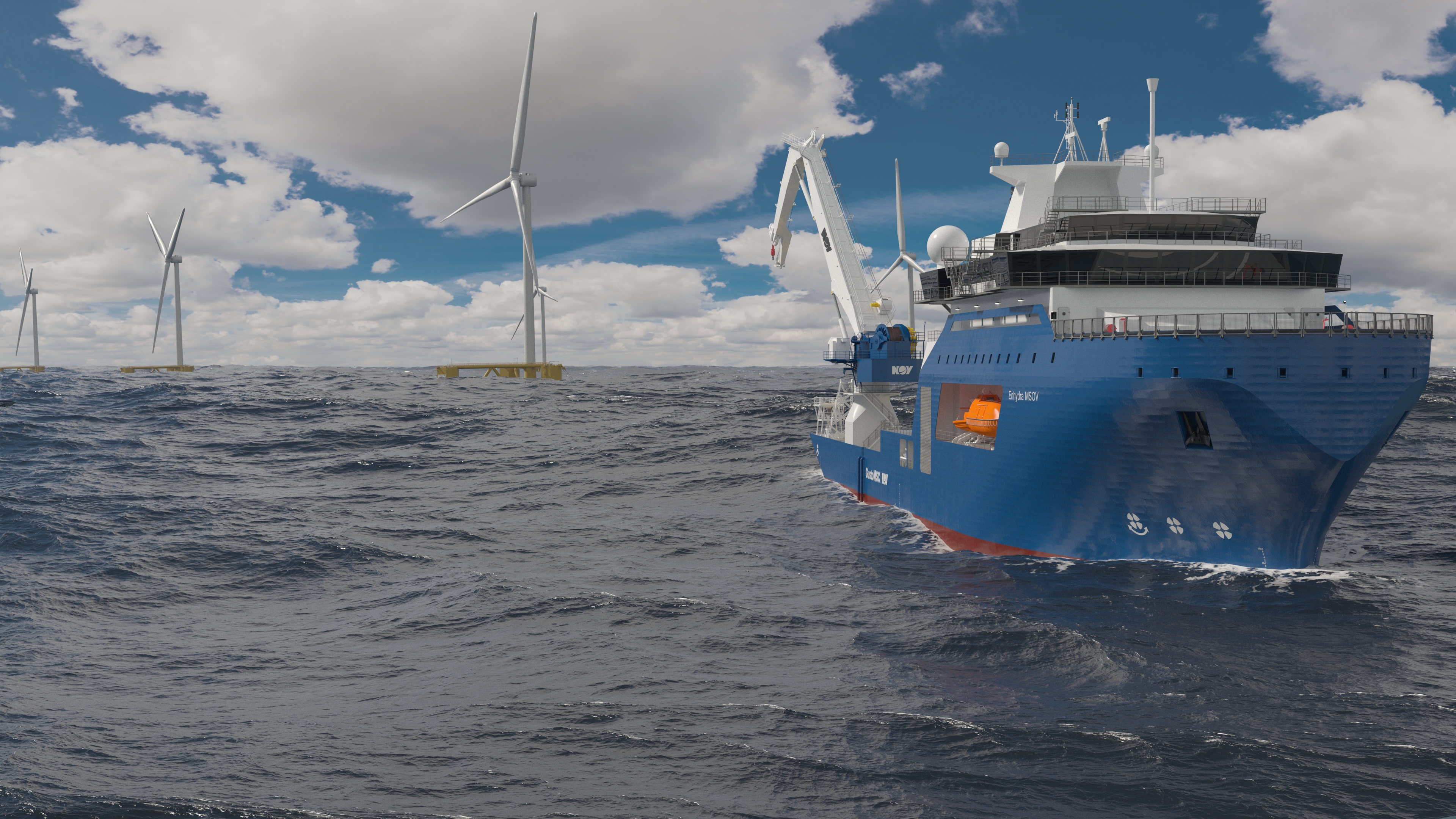

Find out more…
A Modular Service and Operations Vessel (MSOV) for the next step in offshore wind farm operations.

Enhydra MSOV
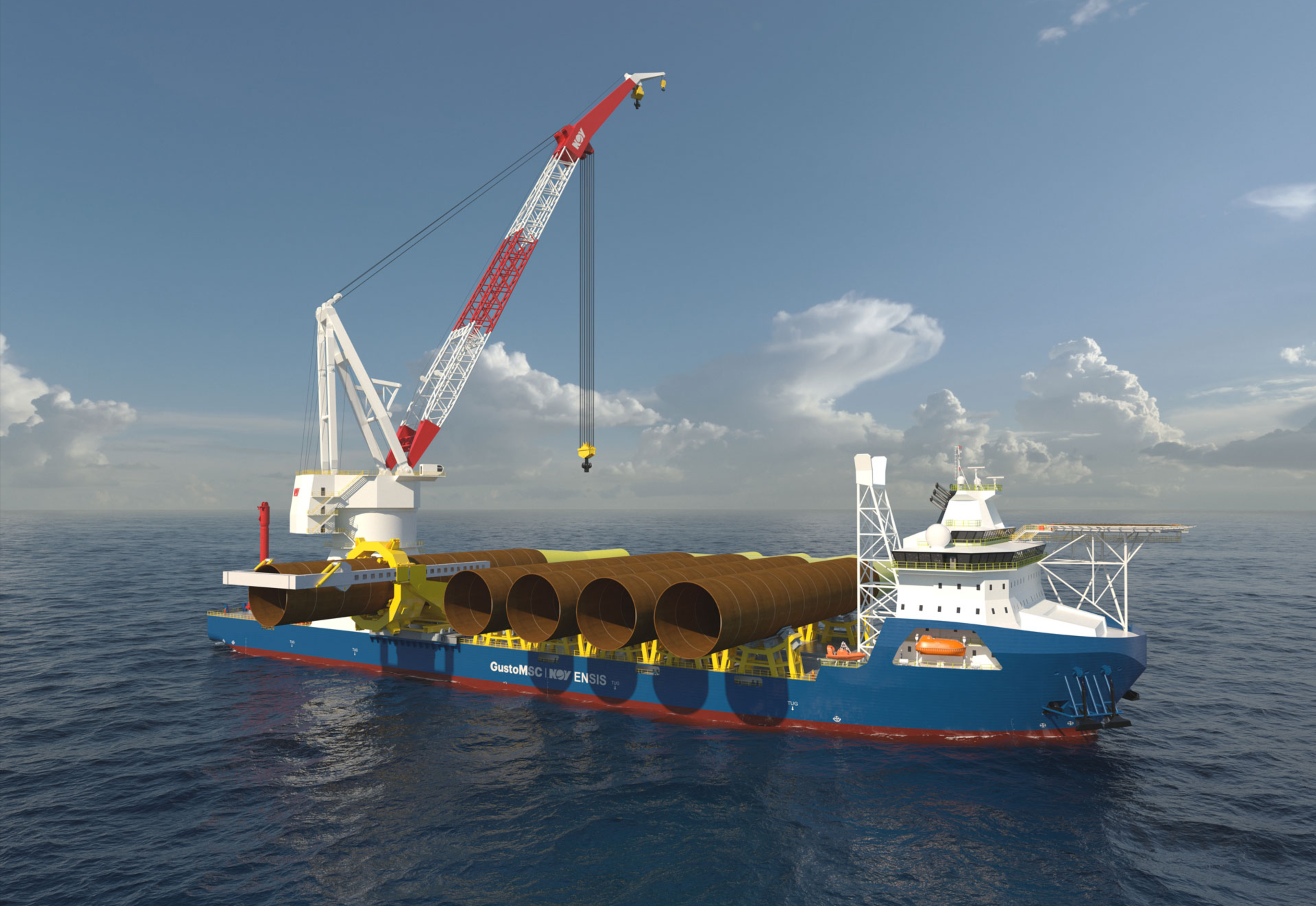

Find out more…
Subsea construction vessel for floating offshore wind and deepwater field development

ENSIS series
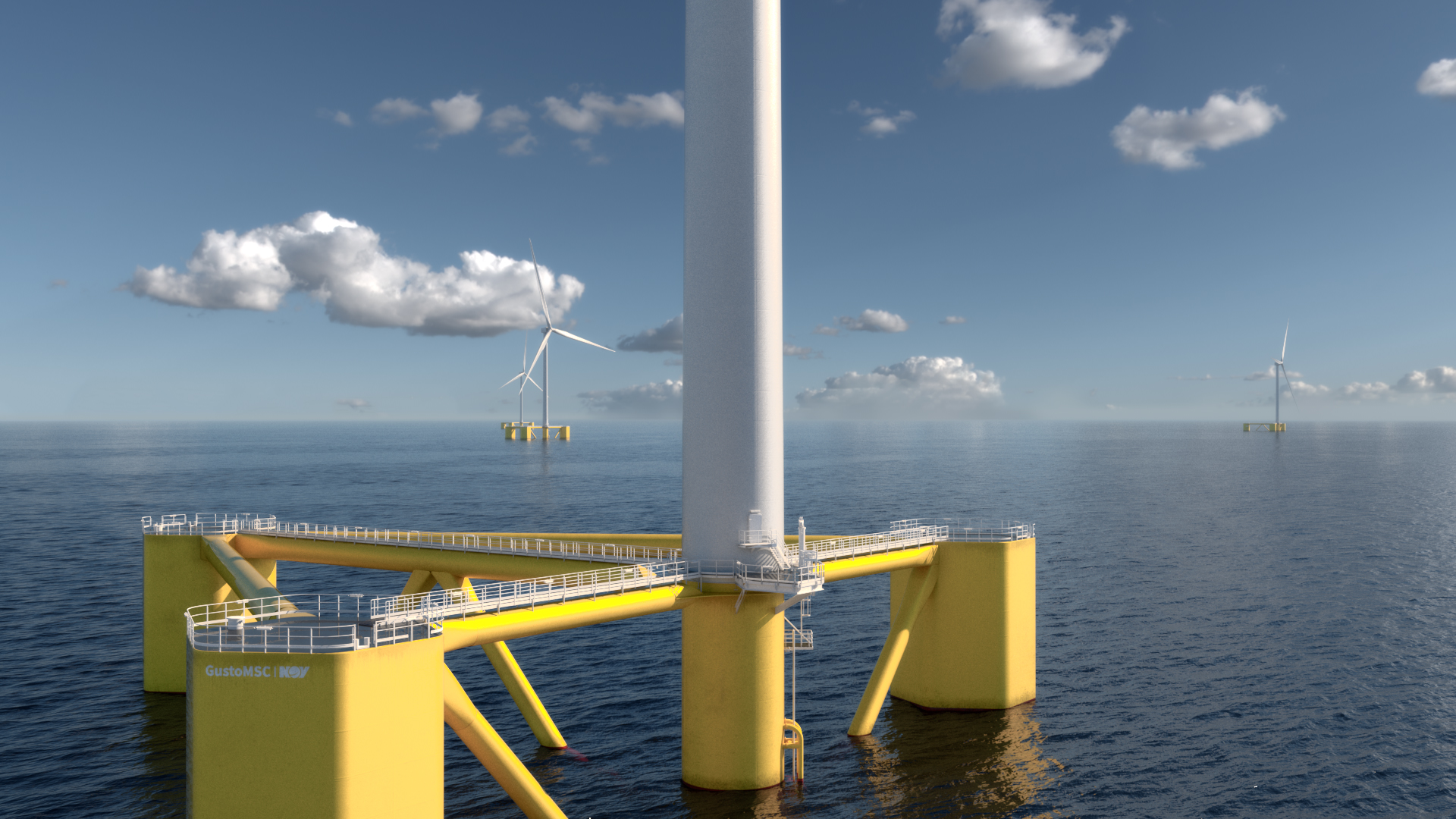

Find out more…
Semi-submersible Platform Tailored for Mass Production

Tri-floater



Share article




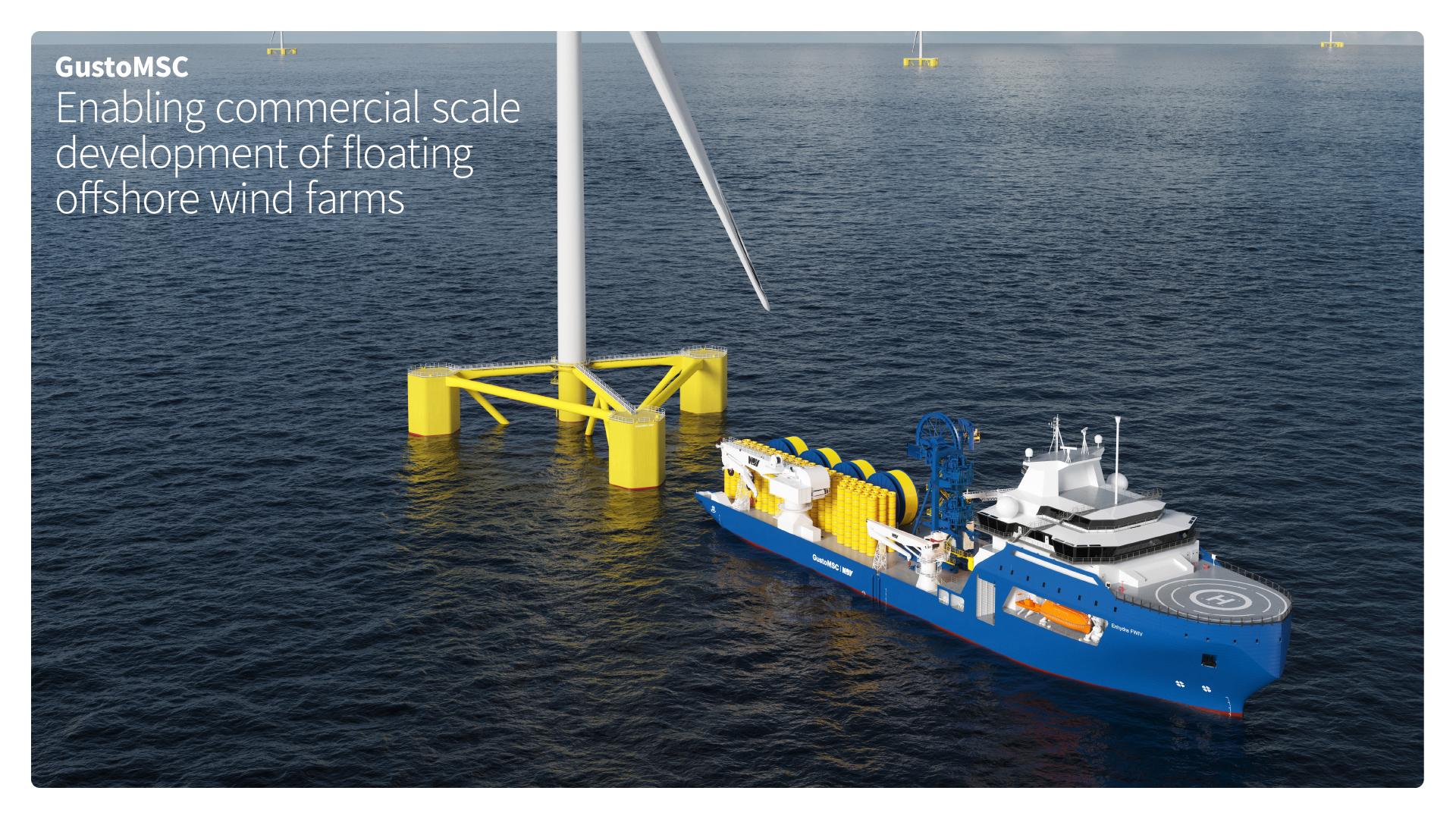



6 | 6
The future belongs to the driving wind
The use of FOWTs is poised to further expand the offshore wind industry. As technology advances, the demand for efficient solutions for assembly, installation and maintenance will increase. Our engagement to developing customized solutions, including vessel designs such as the Enhydra FWIV, underscores our commitment to ensuring the technological readiness required for the realization of commercial-scale floating wind farms. The floating offshore wind industry is not only an enabler for large-scale renewable energy production, but it is also a crucial contributor to the global clean energy transition.